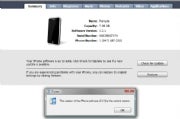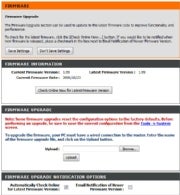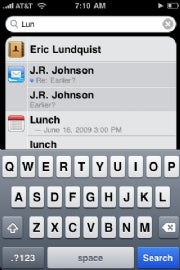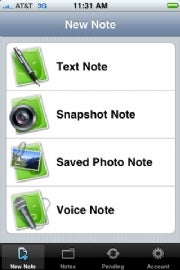
Mozilla's Firefox 3.5 Release Candidate 2 is now out in the open, meaning the long-awaited final version is likely right around the corner. If past trends are any indication, the debut of Firefox 3.5 may do more than just speed up your online experience -- it may also speed up the ongoing shift within the browser market. Most notably, it could accelerate the decline of Internet Explorer as the dominant choice for computer users worldwide.
Firefox 3.5 RC2: Mozilla's Beginning
Firefox 3.5 RC2 became available for public download on Friday. The browser was originally branded as Firefox 3.1 but later changed to 3.5 to better reflect the scope of improvements over its predecessor. Staying true to its moniker, Firefox 3.5 offers a whole host of new features, including private browsing, improved tab functionality, and speed increases said to make the product eight times faster than Firefox 3.0.
While the release candidate is considered a "public preview" geared toward developers and other brave souls, the final release will have the entire Internet in its sights. And that is where things could get very interesting.
The Firefox Release Effect
The last time Mozilla released a major Firefox update was just about one year ago, in June of 2008. Firefox 3.0 hit the Web in a big way, with the company's "Download Day" campaign helping snag a record-setting 8.3 million downloads within the software's first 24 hours online. There was even a Guinness World Record awarded for the feat -- but more noteworthy is the fact that, within a matter of days, Mozilla had more than doubled its beta share: Following the 3.0 reception, Firefox jumped up an overall market share of nearly 19 percent.
Microsoft's much-touted Internet Explorer 8, in comparison, barely made a dent in its early days; in fact, its overall share began falling only three days after its release.
Browser Trends
In the browser world, the broader trends may be the most telling, and Internet Explorer has been spiraling downward for months. From May 2008 to May 2009, IE lost 11 percent of its worldwide market share, according to data by Web metrics firm Net Applications. Firefox, meanwhile, grew by twice the amount IE fell: Its market share increased by 22 percent in that same time period.
The contrast is nothing new, either: I did a similar comparison about six months ago and saw comparable (though actually less extreme) results. Safari and Chrome, by the way, have also seen consistent growth over the past months; Firefox may be making the most dents in IE's armor, but it's certainly not the only warrior in the field.
Putting It All Together
Looking at the early 2009 numbers compared to the mid-2009 numbers, it appears the shift has been accelerating on its own -- and that's despite both the lack of any major Mozilla releases and the presence of a high-profile Microsoft release. Given that, and considering the huge surge seen with the previous Firefox release, it seems entirely plausible that Firefox 3.5 could move the market shift into overdrive. The recent decision to offer Windows 7 without IE in Europe could only add to the effect.
With the rate of change back at the start of the year, I'd projected IE would lose its crown by 2012. It's looking more and more likely, though, that the throne could change hands even sooner -- and Firefox 3.5, judging from the signs, may just play a strong role in helping move up that transition.













